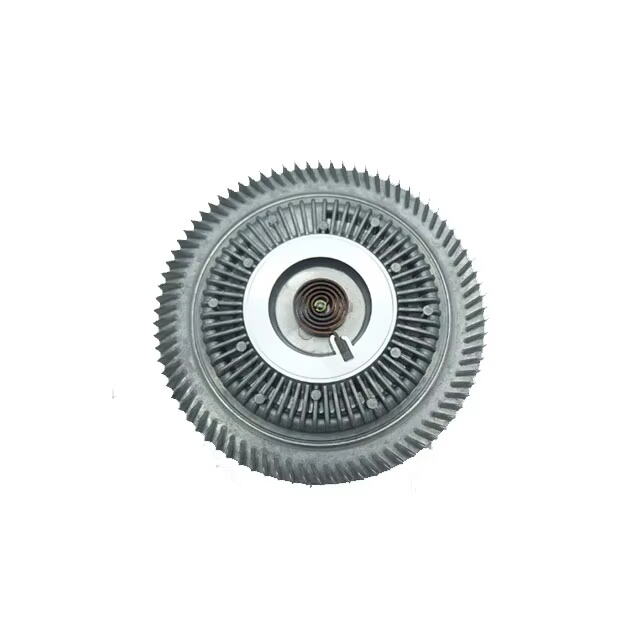Installing a new clutch kit might seem challenging, but you can handle it with the right approach. A step-by-step process ensures safety and accuracy. Skipping steps or rushing can lead to mistakes. Take your time, follow the instructions carefully, and prioritize safety. This method will help you achieve a successful installation.
Tools and Materials for Installing a New Clutch Kit
Essential Tools
You need the right tools to make the process smooth and efficient. Start with a socket wrench set, which is essential for loosening and tightening bolts. A torque wrench is also necessary to ensure bolts are tightened to the correct specifications. Use a clutch alignment tool to properly position the clutch disc during installation. A floor jack and jack stands will help you safely lift and support your vehicle. Additionally, a pry bar and screwdrivers will assist in removing stubborn components. Keep a flashlight or work light handy to illuminate hard-to-see areas.
Required Materials
Gather all the materials before starting. You will need the new clutch kit, which typically includes a clutch disc, pressure plate, and release bearing. Check your vehicle’s manual to confirm compatibility. Have a tube of high-temperature grease for lubricating specific parts. You may also need thread-locking compound to secure bolts. If your flywheel shows signs of wear, consider replacing or resurfacing it. Lastly, keep a clean rag or shop towel nearby to wipe away grease and debris.
Safety Gear and Precautions
Safety should always come first. Wear safety gloves to protect your hands from sharp edges and hot surfaces. Use safety goggles to shield your eyes from debris. Ensure your vehicle is on a flat surface and securely supported by jack stands. Never rely solely on a floor jack. Disconnect the battery to prevent accidental electrical shocks. Work in a well-ventilated area to avoid inhaling fumes. Double-check all tools and equipment for damage before use.
Step-by-Step Guide to Installing a New Clutch Kit
Pre-Installation Checks
Before starting, inspect your vehicle thoroughly. Check the clutch pedal for proper operation. Look for leaks around the transmission area. Examine the flywheel for cracks or excessive wear. If you notice any issues, address them before proceeding. Confirm that you have all the tools and materials ready. Double-check the compatibility of the new clutch kit with your vehicle. This step ensures a smooth process and avoids interruptions.
Removing the Old Clutch
Begin by disconnecting the battery to prevent electrical hazards. Use a floor jack to lift the vehicle and secure it with jack stands. Remove the transmission by unbolting it from the engine. Carefully slide it out to access the clutch assembly. Unbolt the pressure plate and remove the clutch disc. Inspect the flywheel and release bearing for damage. Keep all bolts organized to avoid confusion later.
Preparing the Components
Clean the flywheel surface using a brake cleaner. If the flywheel is worn, replace or resurface it. Apply a small amount of high-temperature grease to the release bearing and input shaft. Avoid over-lubricating, as excess grease can contaminate the clutch disc. Use the clutch alignment tool to test-fit the new clutch disc and pressure plate. This ensures proper alignment during installation.
Installing the New Clutch Kit
Position the new clutch disc on the flywheel using the alignment tool. Attach the pressure plate over the disc and secure it with bolts. Tighten the bolts in a star pattern to distribute pressure evenly. Remove the alignment tool once the pressure plate is fully secured. Install the new release bearing onto the transmission input shaft.
Reassembling and Final Adjustments
Reinstall the transmission by carefully aligning it with the engine. Secure it with bolts and reconnect any removed components. Lower the vehicle and reconnect the battery. Test the clutch pedal to ensure smooth operation. Adjust the clutch cable or hydraulic system if necessary.
Post-Installation Tips and Troubleshooting
Clutch Break-In Process
After installing a new clutch kit, you must follow a proper break-in process to ensure optimal performance. Drive your vehicle gently for the first 500 miles. Avoid sudden acceleration or heavy loads during this period. This allows the clutch disc and pressure plate to seat properly. Smooth engagement and gradual shifts help prevent uneven wear. If you notice any unusual noises or vibrations, inspect the installation to confirm everything is secure.
Troubleshooting Common Issues
Sometimes, issues arise even after careful installation. If the clutch pedal feels too stiff or too loose, check the cable or hydraulic system for proper adjustment. Difficulty shifting gears may indicate misalignment of the clutch components. Unusual noises, such as grinding or squealing, could mean the release bearing is not seated correctly. Inspect these areas and make adjustments as needed.
Maintenance Tips for Longevity
To extend the life of your clutch, practice good driving habits. Avoid riding the clutch pedal or holding it down at stoplights. Regularly inspect the clutch system for leaks or wear. Schedule routine maintenance to check the flywheel, pressure plate, and release bearing. Keeping these components in good condition reduces the risk of premature failure.
Following the outlined steps ensures a smooth and successful clutch installation. A properly installed clutch improves your vehicle's performance and enhances reliability. Take your time and prioritize safety throughout the process.
 EN
EN
 AR
AR
 FR
FR
 KO
KO
 PT
PT
 RU
RU
 ES
ES


